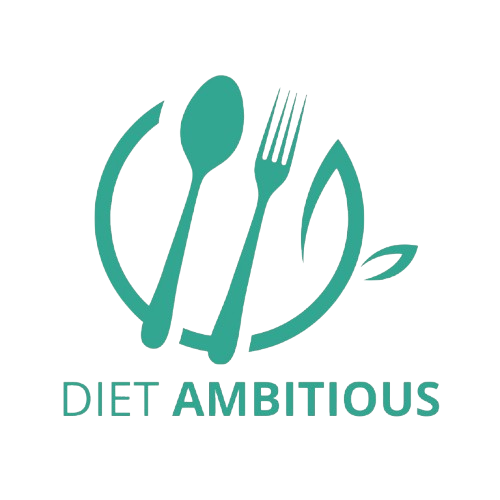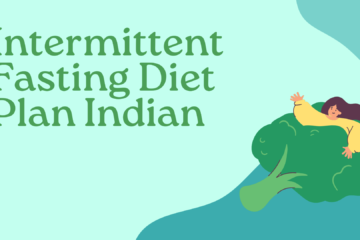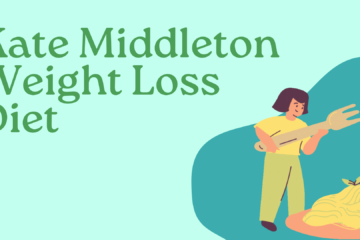The GAPS (Gut and Psychology Syndrome) diet is a therapeutic diet that focuses on healing the gut, which is believed to be the root cause of many physical and mental health issues.
Developed by Dr. Natasha Campbell-McBride, the GAPS diet aims to eliminate harmful foods, nourish the gut lining, and restore gut flora balance.
This diet has been used to treat conditions like autoimmune diseases, digestive issues, mental health problems, and more.
The GAPS diet is divided into specific stages, each with its own set of food restrictions and guidelines. In this article, we will explore what the GAPS diet is, provide a sample meal plan, and discuss its key features and benefits.
Table of Contents
What is the GAPS Diet?
The GAPS diet is designed to promote gut healing by eliminating foods that are difficult to digest, highly processed, or inflammatory. The diet is divided into three main stages:
- Stage 1 (Introductory Diet): This is a very restrictive phase that eliminates most foods and includes foods that are easy to digest. This stage focuses on broths, fermented foods, and easily digestible vegetables and meats.
- Stage 2 and 3 (Building Diet): These stages gradually introduce a wider variety of foods like fermented dairy products, healthy fats, and vegetables. These stages focus on healing the gut and improving digestion.
- Stage 4 and Beyond (Full GAPS Diet): At this point, you can reintroduce most foods, but the diet still emphasizes nourishing foods like grass-fed meats, fresh vegetables, and fermented dairy products.
The GAPS diet is meant to be followed long-term, and it is usually recommended to work with a healthcare professional when following this diet.
GAPS Diet Meal Plan Overview
The GAPS diet can be broken down into three main food categories:
- Meats and Fish: Bone broth, pastured meat, organ meats, fish, and seafood.
- Vegetables: Vegetables like carrots, cabbage, zucchini, spinach, and cauliflower. These can be used in soups, stews, or salads.
- Fermented Foods: Sauerkraut, kimchi, kefir, yogurt, and fermented vegetables are important to the GAPS diet as they help restore gut flora.
- Healthy Fats: Ghee, coconut oil, olive oil, and animal fats are used for cooking or in dressings.
- Nuts and Seeds: These can be added in small amounts, particularly after the introduction of Stage 3.
- Herbs and Spices: Garlic, ginger, turmeric, and other anti-inflammatory herbs are encouraged.
Sample GAPS Diet Meal Plan
Here is a simple 3-day meal plan to give you an idea of what you can eat on the GAPS diet. It focuses on nutrient-dense, easy-to-digest foods that promote gut health.
Day 1:
- Breakfast: Scrambled eggs with a side of sauerkraut and a small portion of avocado.
- Lunch: Chicken soup with bone broth, carrots, onions, and zucchini. Serve with a small portion of fermented pickles.
- Dinner: Baked salmon with steamed broccoli and mashed cauliflower (using ghee or butter for healthy fat).
- Snack: A small serving of full-fat Greek yogurt (homemade or a GAPS-friendly brand).
Day 2:
- Breakfast: GAPS-friendly pancakes made from almond flour, topped with coconut cream or homemade yogurt.
- Lunch: Beef stew made with bone broth, celery, carrots, and onions, served with a side of fermented vegetables like kimchi.
- Dinner: Roasted chicken with a side of sautéed spinach cooked in ghee and mashed sweet potatoes.
- Snack: A handful of soaked almonds or walnuts.
Day 3:
- Breakfast: Omelette with sautéed mushrooms, spinach, and a side of sauerkraut.
- Lunch: Beef liver sautéed in ghee, served with a side of steamed cauliflower and a small portion of fermented pickles.
- Dinner: Grilled lamb chops with roasted Brussels sprouts and mashed pumpkin.
- Snack: A small bowl of homemade kefir or coconut milk kefir.
Foods to Avoid on the GAPS Diet
There are certain foods that must be avoided on the GAPS diet due to their potential to irritate the gut or cause inflammation. These include:
- Processed foods: These are high in additives, preservatives, and sugars.
- Grains: Wheat, barley, oats, rice, and other grains are eliminated during the early stages.
- Sugars and Sweets: Refined sugar, honey, and high-fructose corn syrup are restricted.
- Dairy: While dairy is allowed, only fermented versions like kefir, yogurt, and homemade ghee are recommended.
- Legumes: Beans, lentils, and other legumes are not permitted.
- Starches: Potatoes, corn, and other starchy foods are to be avoided until later stages.
Benefits of the GAPS Diet
The GAPS diet has shown promising results for many individuals suffering from gut-related issues. Some of the benefits of this diet include:
- Gut Healing: The diet is designed to heal the gut lining and restore a healthy balance of gut bacteria.
- Improved Digestion: By eliminating hard-to-digest foods, the GAPS diet helps improve digestion and nutrient absorption.
- Mental Health Benefits: GAPS has been shown to improve conditions like anxiety, depression, ADHD, and autism by addressing underlying gut imbalances.
- Reduced Inflammation: The GAPS diet eliminates inflammatory foods and promotes anti-inflammatory foods to help reduce overall inflammation in the body.
Conclusion
The GAPS diet is a powerful tool for restoring gut health and addressing a wide range of physical and mental health issues. By following a carefully structured meal plan and avoiding foods that can cause harm to the gut, you can help your body heal and function optimally.
If you are considering following the GAPS diet, it’s important to work with a healthcare provider to ensure that you are meeting your nutritional needs and progressing through the stages at the appropriate pace.




